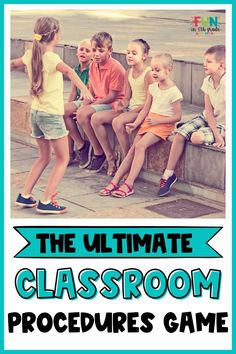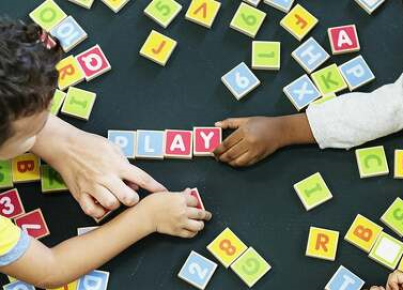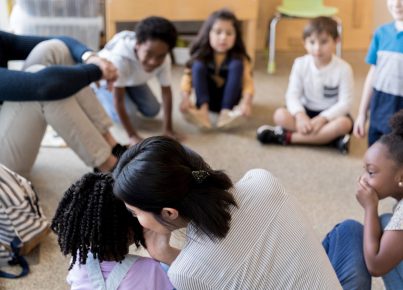The traditional classroom has evolved, and educators are constantly searching for innovative ways to engage students. One method that has proven to be exceptionally effective is the introduction of classroom games. Today, we delve into a bonanza of classroom games that are not only fun but also enrich students’ learning experiences.
Classroom games are more than just play; they are strategic tools that can foster a multitude of skills, including critical thinking, collaboration, communication, and problem-solving. Various types of games—from board games to digital challenges—cater to different learning styles and subject areas, ensuring that every student can benefit regardless of their preferences or abilities.
For starters, classics like ‘Jeopardy!’ can be customized to any topic, allowing students to compete in teams while testing their knowledge on subjects ranging from history to science. This format is familiar and easy to implement, making it a great option for educators looking to spice up their teaching methods.
Another innovative game is ‘Escape the Classroom,’ where students use problem-solving skills and work collaboratively to solve puzzles and riddles related to the curriculum. This game transforms the learning environment into an adventure, pushing students to think outside the box and apply their knowledge practically.
Educational technology also offers an array of interactive games that make learning dynamic. Platforms like Kahoot! or Quizlet Live enable teachers to create digital quizzes on any subject matter. These platforms often have a competitive element that motivates students and can be played individually or in groups.
Role-playing games (RPGs) take the engagement one step further by immersing students in scenarios where they must apply content knowledge. Through RPGs, students learn empathy, decision-making, and storytelling—all while engaging deeply with the course material.
Moreover, physical activity games such as ‘Simon Says’ with a twist on mathematical problems or vocabulary words combine movement with learning. This is particularly beneficial for younger students who have excess energy and need kinesthetic movement to stay focused.
Finally, board game design projects encourage students’ creativity and critical thinking skills as they design their own educational games related to the curriculum topics. This not only provides them with a deeper understanding but also enhances their ownership of learning.
In conclusion, a classroom games bonanza offers a plethora of benefits for both students and teachers. Game-based learning increases engagement, promotes healthy competition, and enhances retention of information. By integrating these playful yet purposeful activities into the curriculum, educators can create an environment where learning is an adventure that students look forward to daily. Whether using off-the-shelf games or creating custom challenges tailored to specific education goals, the result is clear: when education feels like play, everyone wins.





